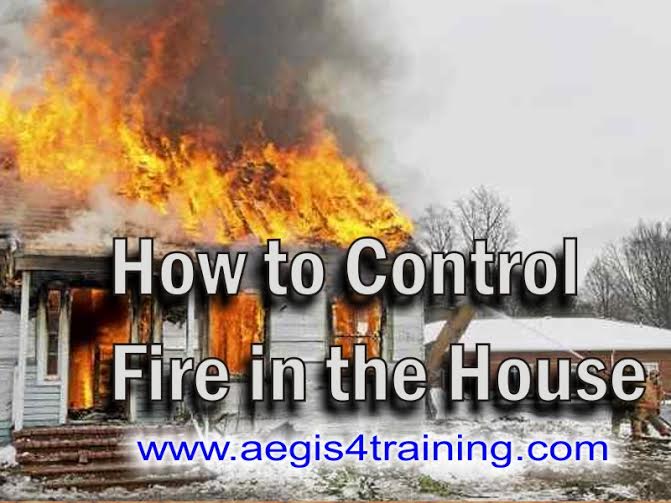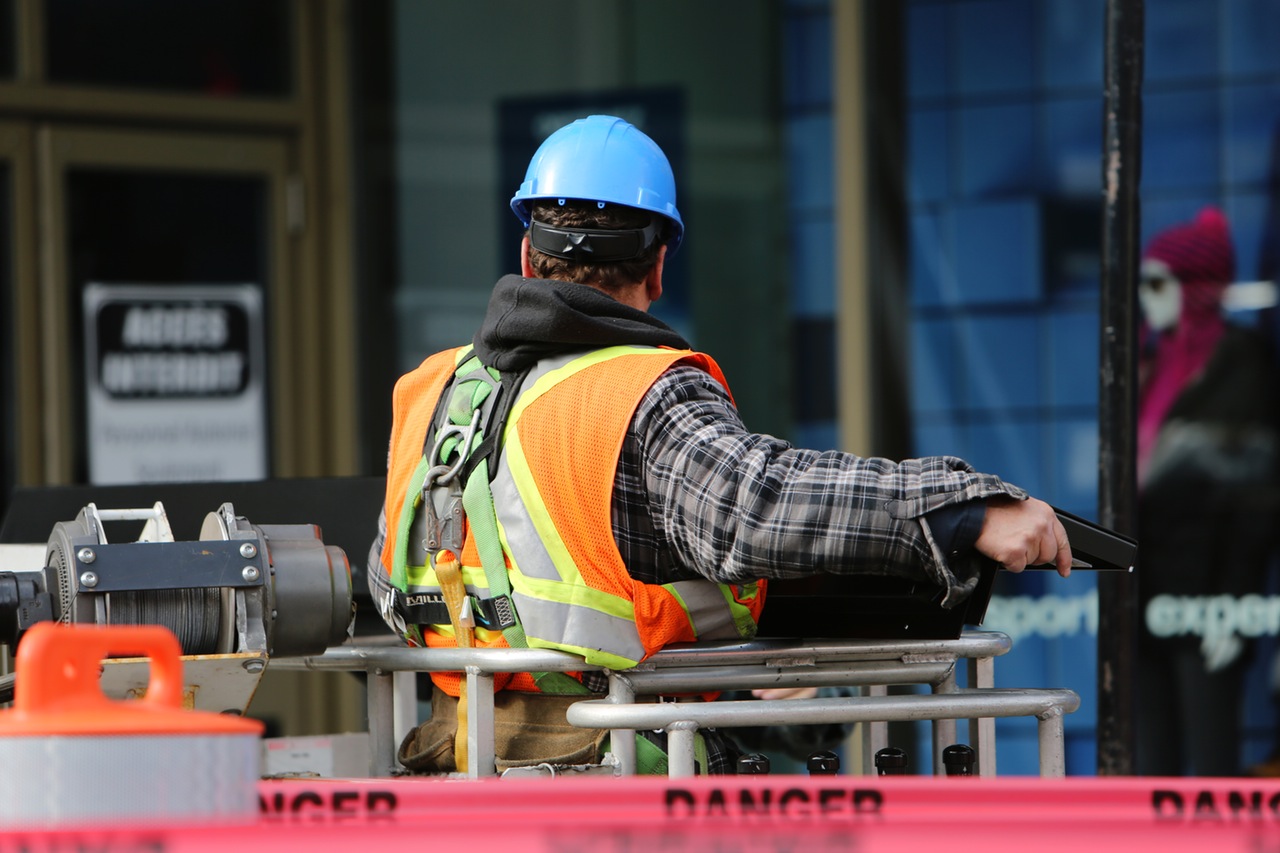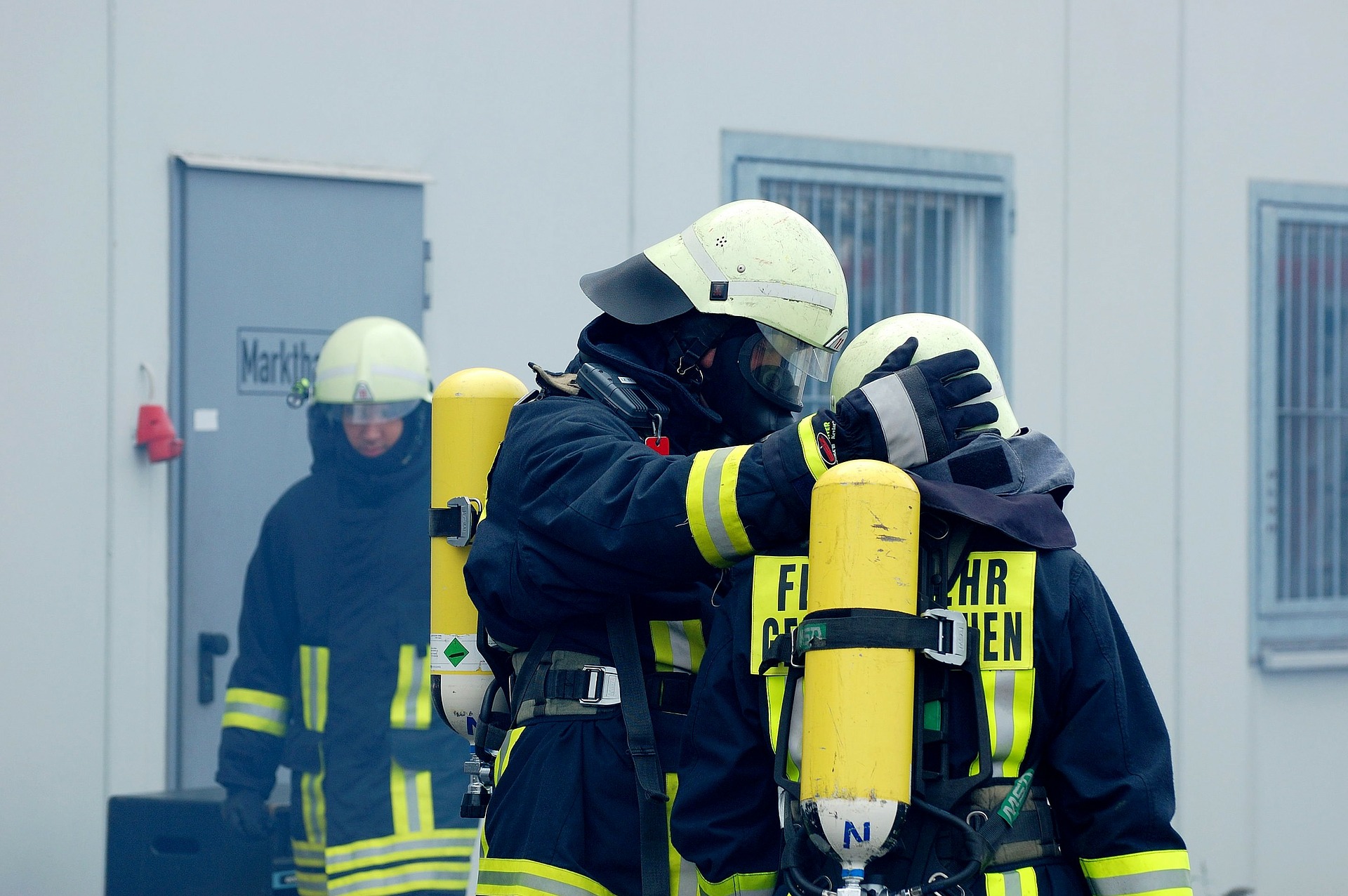
Calling 911 is the smartest thing to do and let them do their job. Still, when it comes to house
fires, some quick action on your part can mean the difference between a little flame and a lot of
That’s why it’s wise to:
Get a home fire extinguisher. -They’re a must-have item, and a great way to either stop a fire
before it gets out of hand or control it while you escape. But before you face a potential fire, go
ahead and read the directions. Because more important than just having a fire extinguisher is
actually knowing how and when to use it! Most extinguishers in your average hardware store are
rated Type A:B:C, which means they’re good to use on just about any kind of fire. But read the
directions on your extinguisher, know which type it is, and know how to use it.
Know how to put out different types of house fires.
 Small electrical fires – Don’t use water! Switch off the power to whatever started the
fire, and smother it with a clean, non-flammable blanket. You can also use a Type C fire
extinguisher. (Your average Type A:B:C extinguisher is ok too.)
 Small cooking fires – If a grease fire starts in your kitchen, never try to put it out with
water! Calmly turn the heat off to the pan and try to cover it with a metal lid. If you can’t
do that, smother the flames with baking soda (a lot of baking soda!) or use a Type A:B:C
fire extinguisher.
 Small gas fires – If your home uses gas, you should know how to put out a small gas
fire. Immediately shut off the gas supply. You can smother the fire with a thick rug, put it
out with cool water, or use a Type B extinguisher. (Again, Type A:B:C extinguishers will
Something to remember though, whenever (and we mean whenever!) you see smoke or fire, call
911. It’s good to know how to control a small fire, but never leave it to chance. Get yourself,
your loved ones, and guests out of the house, call the fire department, and leave it to the experts.
Visit our online fire awareness training site!


